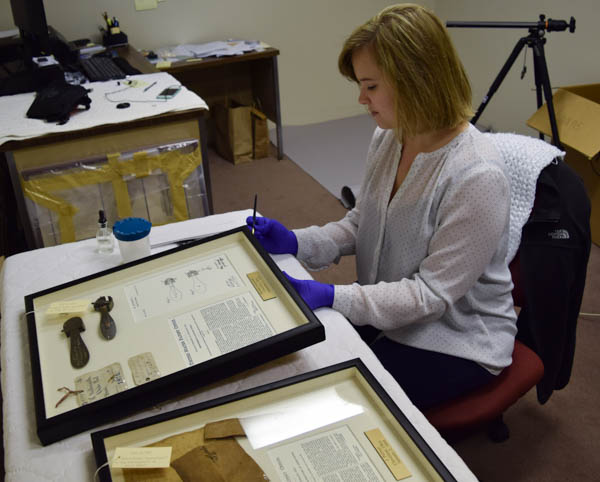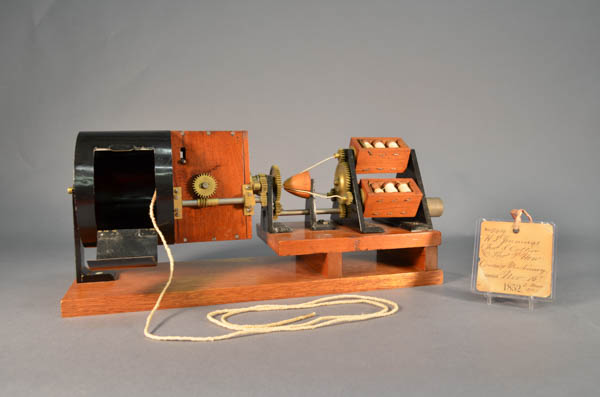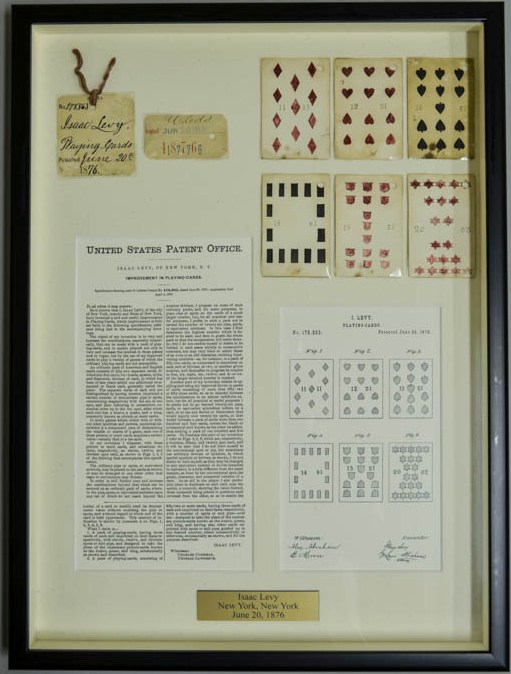My experiences with Hagley Museum and Library have been diverse. I first started as an intern right after I graduated from the Univerity of Delaware in 2013. During my internship I was responsible for the processing of the Amram-Brick Collection of Women Inventors. This collection first introduced me to Hagley’s passion for invention and innovation.
After my internship I was fortunate to stay with Hagley as a part-time staff member. As Hagley’s Inventory Assistant I began exploring the collection on a deeper level.
Every day I came across new and interesting things, including objects related to the du Pont family and DuPont company. When my part in the project was completed, I moved on to an Inventory Technician position with the University of Pennsylvania Museum of Archaeology and Anthropology.

2015.14.2028, Patent Model – Improvement in Club-Foot Shoes
But, as it would seem, I couldn’t stay away from Hagley for too long!
Now, as the museum’s Special Projects Cataloger, I have the responsibility of cataloging Hagley’s new acquisition: The Rothschild Patent Model Collection. I have been sent on an exciting and captivating mission to catalog a little over 4,000 patent models; an adventure that will take approximately three years.
The collection consists of a mixture of smaller patent models in shadow boxes and larger, standalone models. Most recently I have been working on cataloging the shadow boxes.
The general cataloging process includes assigning the model an accession number, giving a physical description of the model, as well as noting other pertinent details such as the inventor, date the patent was granted, the patent number, and whether the patent was assigned to an individual or company for production.


2015.14.2202, Patent Model – Improvement in Playing Cards
All of this information is recorded in the museum’s database. The object’s accession number is applied to the bottom right corner of the shadow box. Images are then taken of all the models, edited, and attached to the object’s record in the database.
From there the objects go into a safe storage environment. This is a quick and dirty breakdown of the process. But, all in all, it takes about an hour to fully catalog and process one patent model!
Stay tuned…I am looking forward to sharing more specific details about the patent models, as well as my own experiences, as time goes on!.
Caroline Western is the Special Projects Cataloger at Hagley Museum and Library
